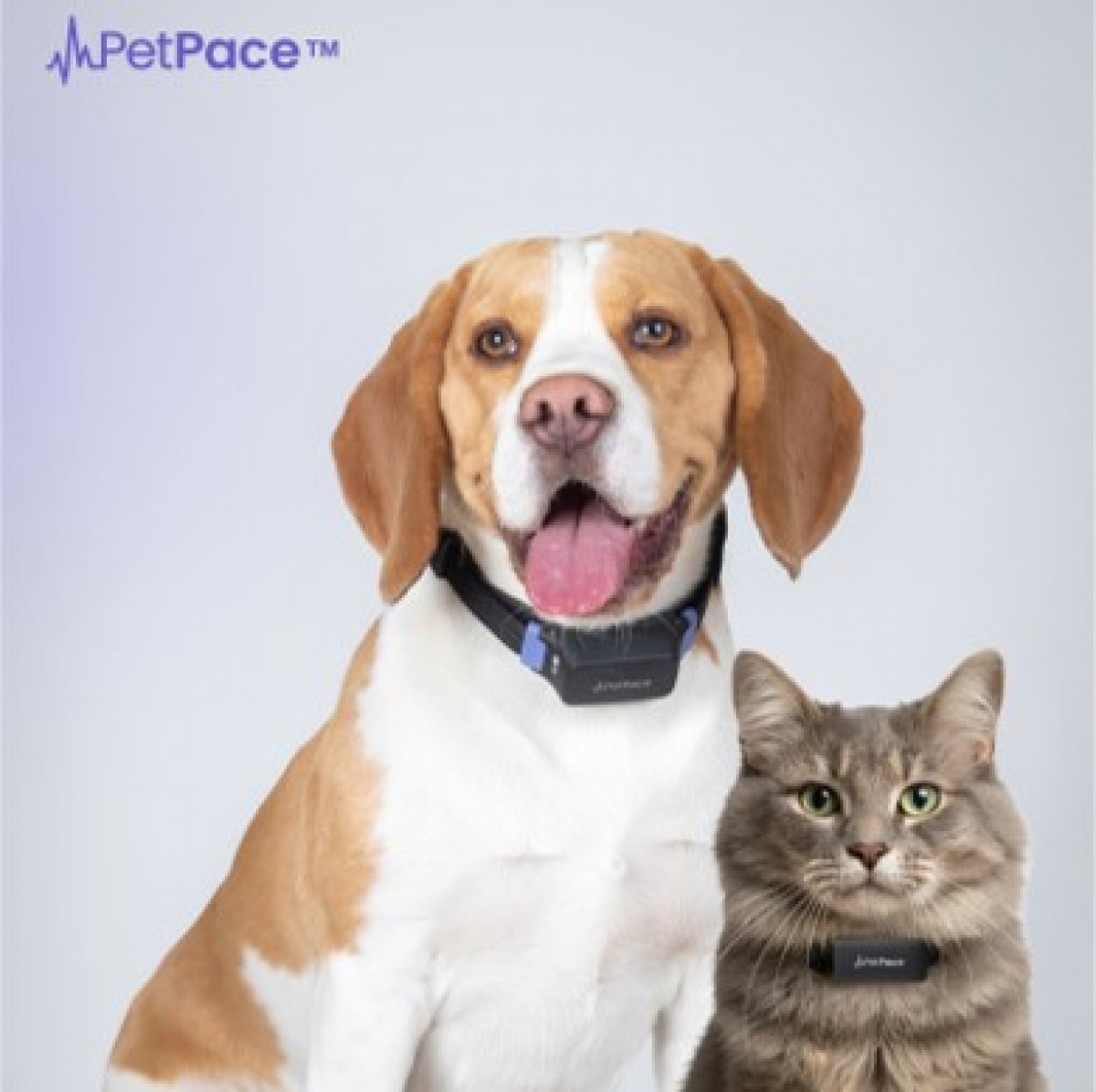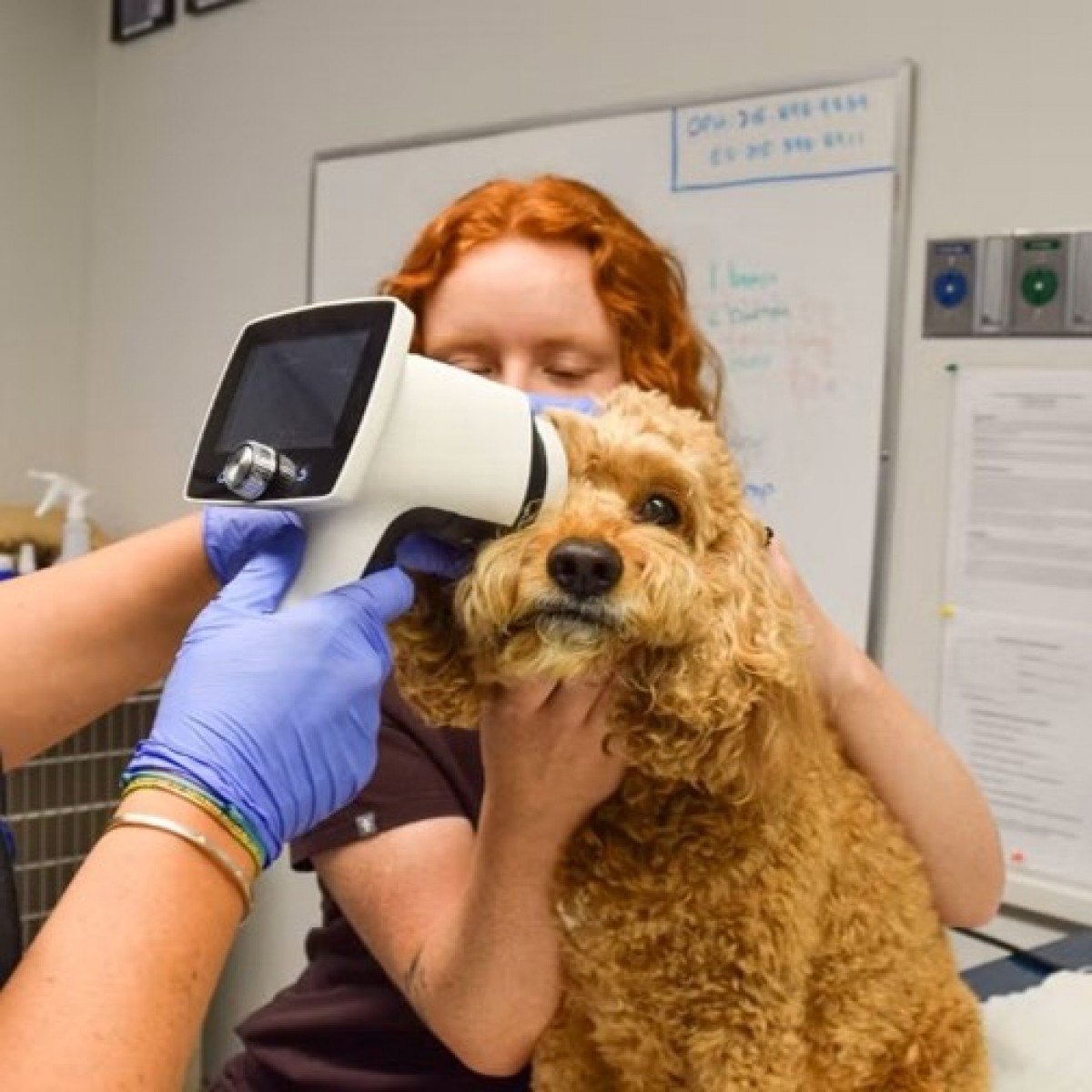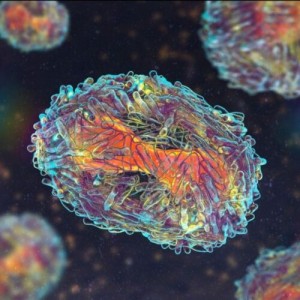TC evaluation of portal vein indices in cats with the portosystemic shunts
The portal vein to aorta (PV/Ao) ratio is used to assess the clinical significance of extrahepatic portosystemic shunt (EHPSS). Previous studies using computed tomography (CT) were conducted in dogs but not in cats. The authors of this study used CT images to 1) compare the differences in PV-related indices between dogs and cats; 2) establish normal indices for cats; 3) compare the differences among three feline groups: cats without EHPSS, with asymptomatic EHPSS, and with symptomatic EHPSS; and 4) determine the usefulness of these indices for predicting symptomatic EHPSS in cats.
The study included 95 dogs and 114 cats that underwent abdominal CT. The canine normal (CN) group included dogs without EHPSS. The cats were classified into feline normal (FN, 88/114), feline asymptomatic (FA, 16/114), and feline symptomatic (FS, 10/114) groups. The PV and Ao diameters were measured in axial cross-sections.
The group FN had a higher PV/Ao ratio than the group CN (p < 0.001). Within the feline groups, the PV indices were in the order FN > FA > FS (both p < 0.001). The mean PV diameter and PV/Ao ratio for group FN were 5.23 ± 0.77 mm and 1.46 ± 0.19, respectively. The cutoff values between groups FN and FS were 4.115 mm for PV diameter (sensitivity, 100%; specificity, 97.7%) and 1.170 for PV/Ao ratio (90%, 92.1%). The cutoff values between group FA and FS were 3.835 mm (90%, 93.8%) and 1.010 (70%, 100%), respectively.
These results demonstrated significant differences in PV indices between dogs and cats. In cats, the PV/Ao ratio demonstrated high diagnostic performance for symptomatic EHPSS. The PV diameter also performed well, in contrast to dogs.
“Computed tomographic evaluation of portal vein indices in cats with the extrahepatic portosystemic shunts”. Eunji Jeong, et al. J Vet Sci. 2024 May;25(3):e37.
Source: https://www.ncbi.nlm.nih.gov/pmc/articles/PMC11156598/














List
Add
Please enter a comment